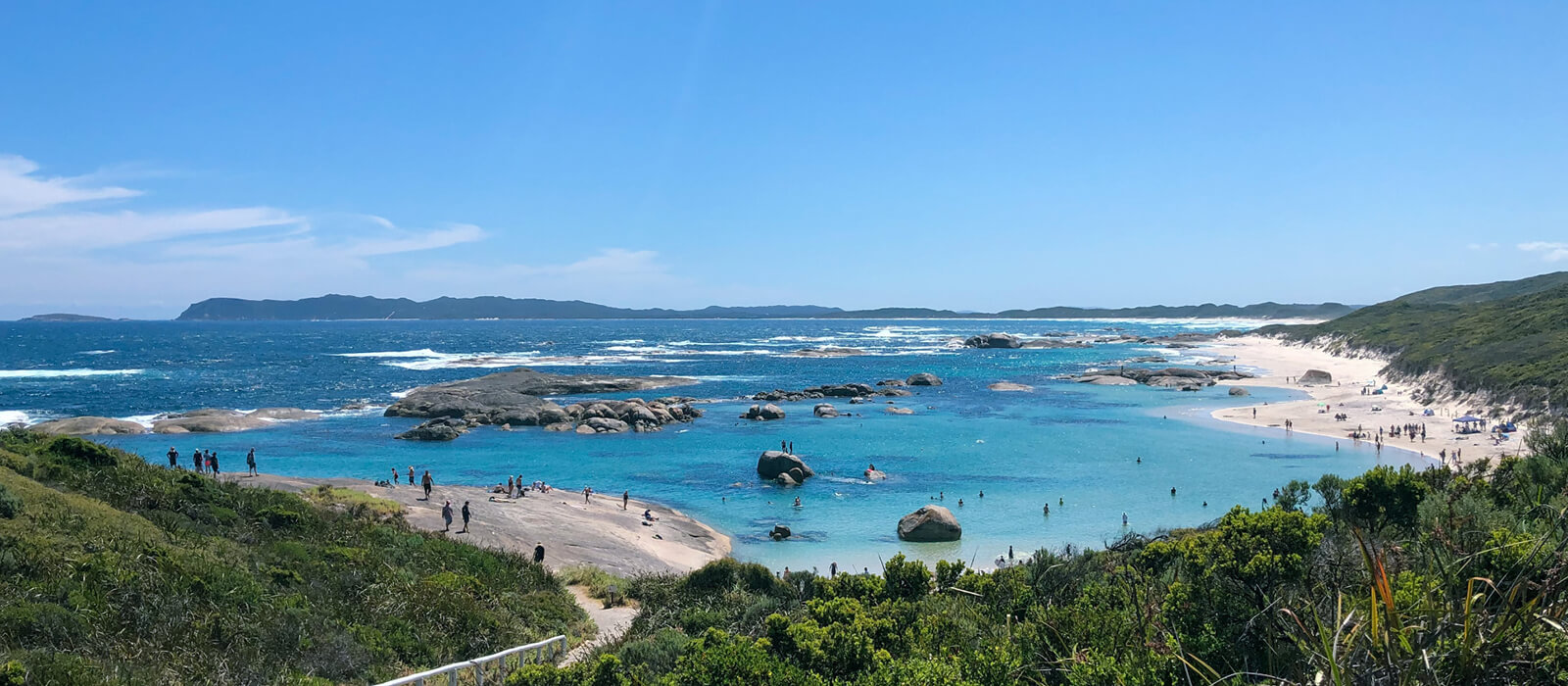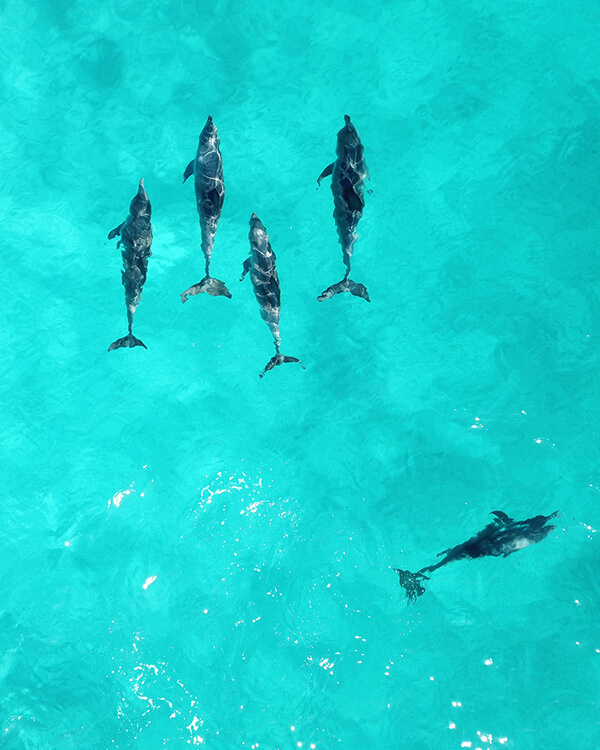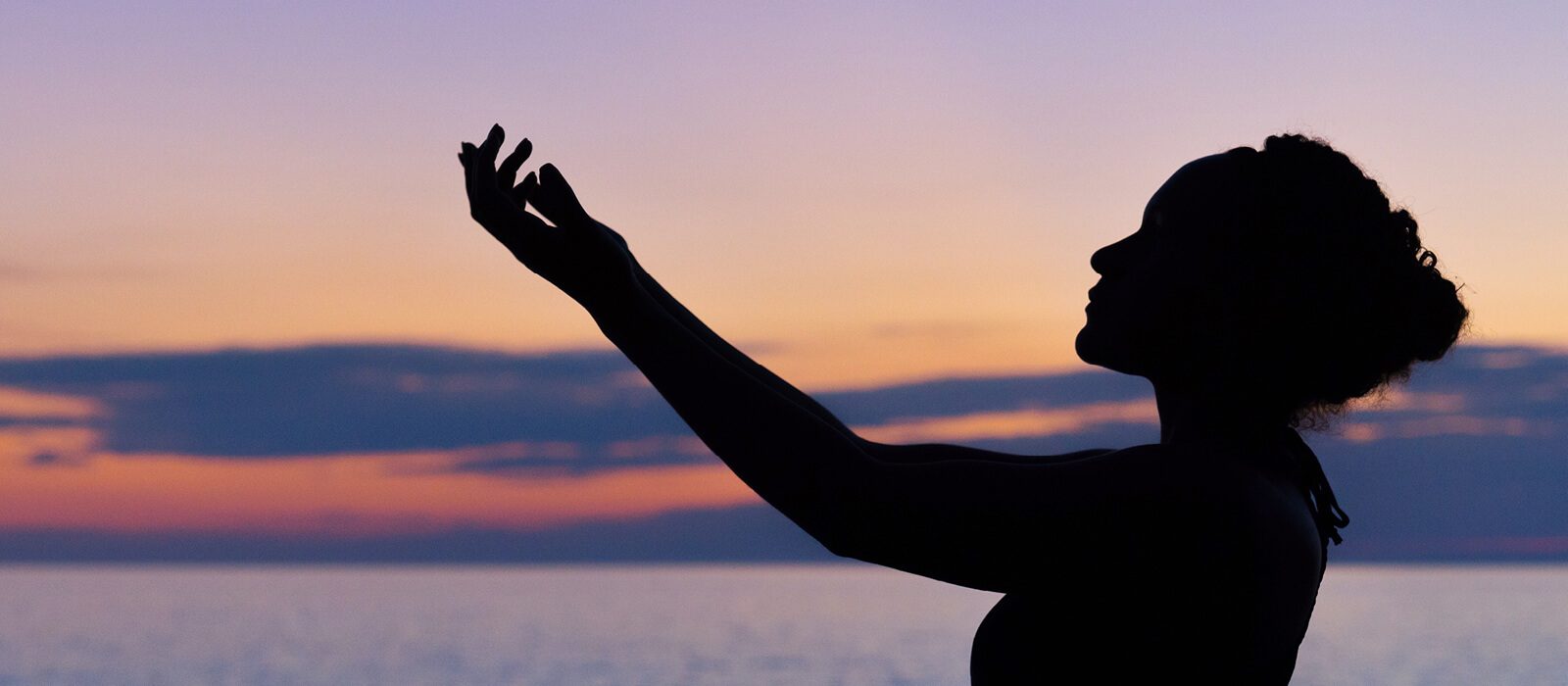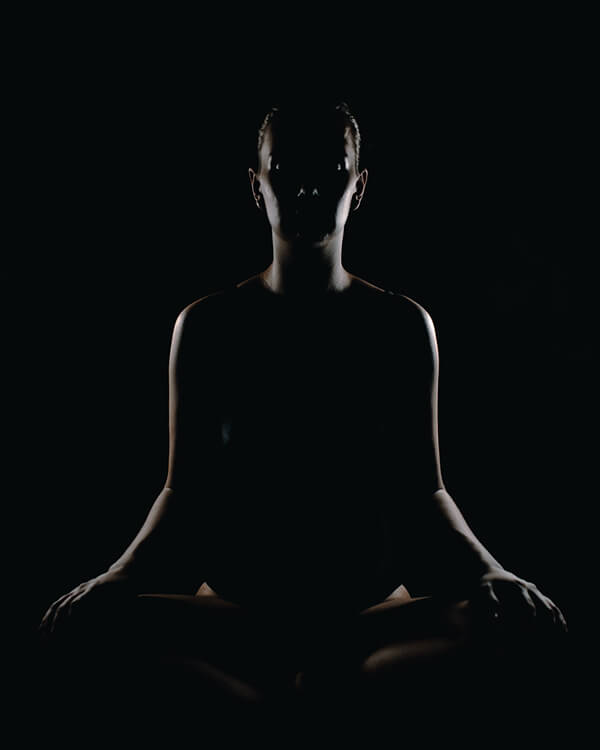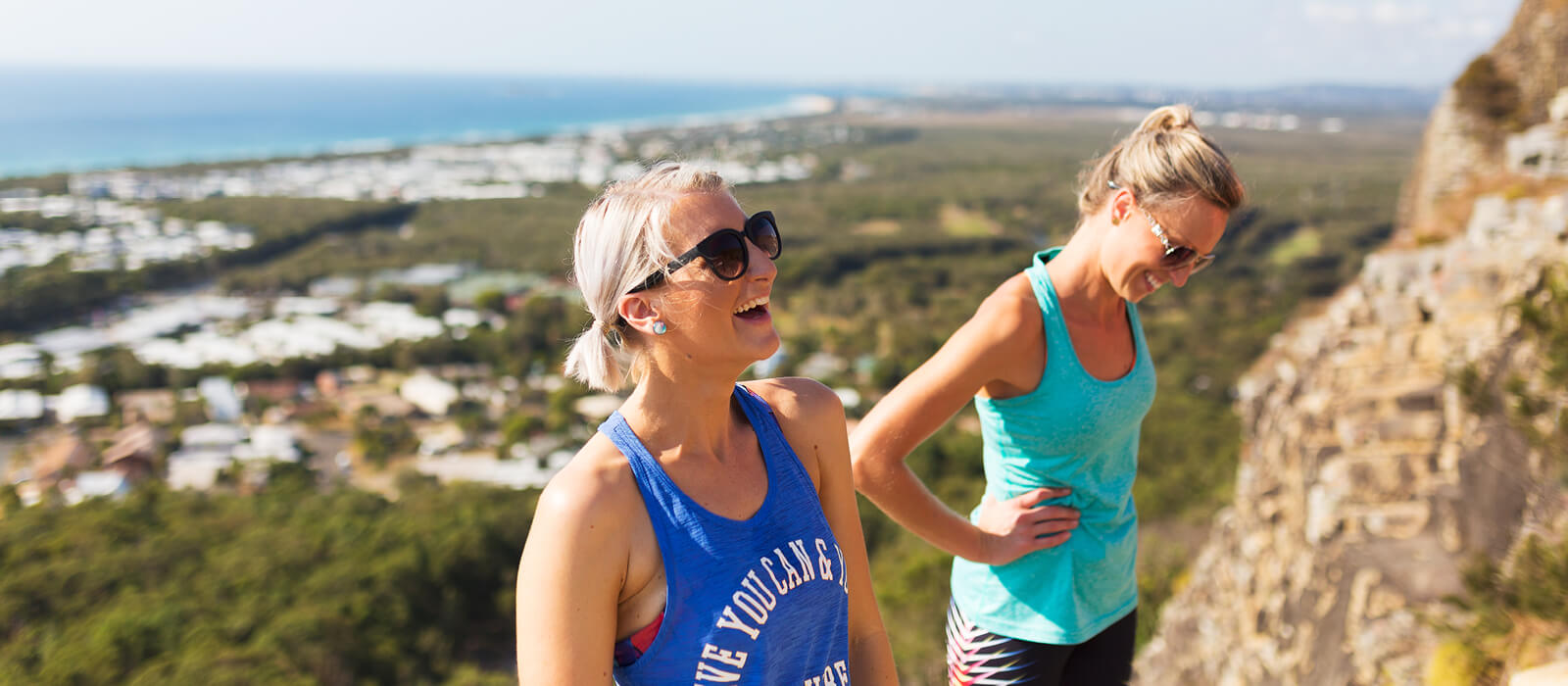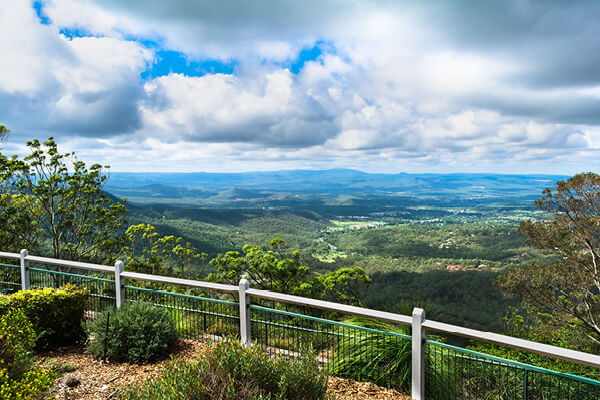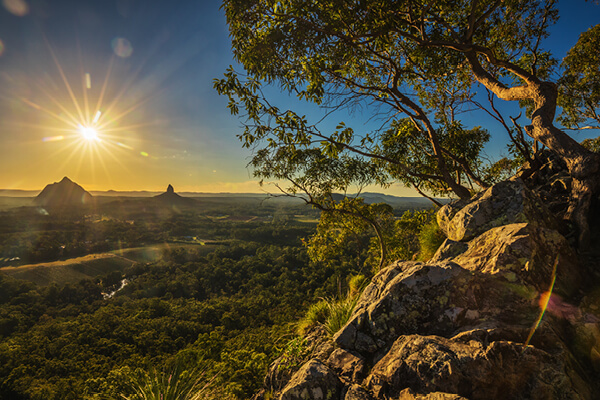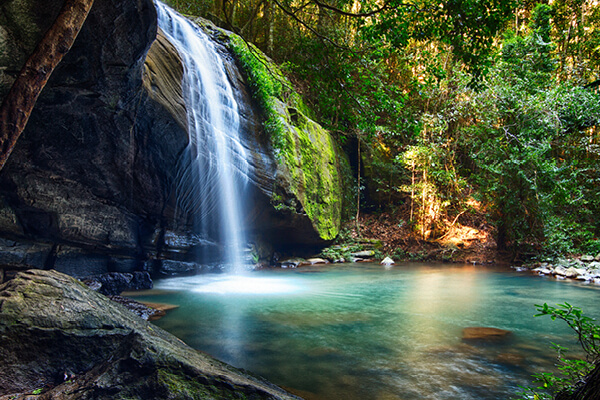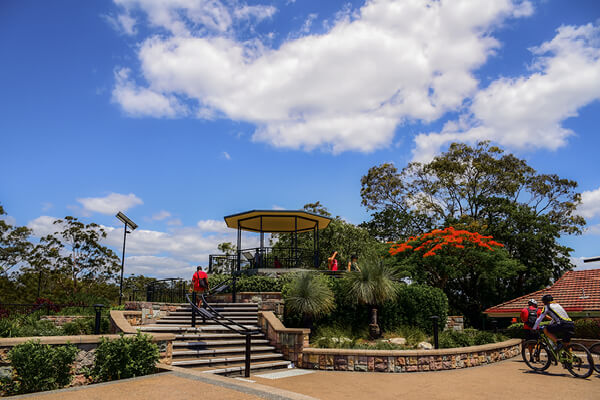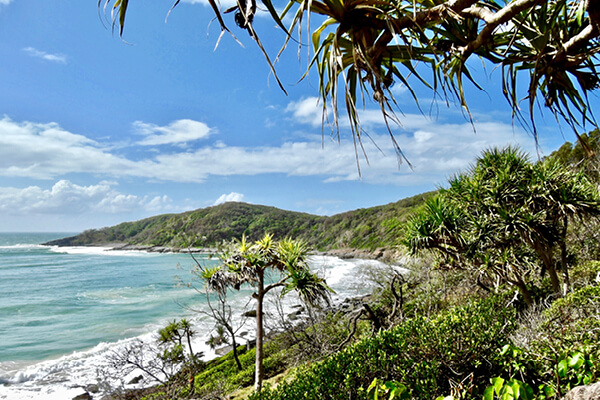Our dietary choices have far-reaching impacts on both our health and the environment. What we choose to consume can significantly influence the wellbeing of both ourselves and the planet.

Every step that food goes through from growing to disposal can lead to the emission of harmful greenhouse gases, ultimately causing negative effects on the climate. Interestingly, nearly a third of all human-created greenhouse emissions are linked to food. A significant portion of greenhouse gas emissions are generated by agricultural practices and land use changes. Reducing them could go a long way in mitigating our climate crisis.
Calculating the climate impact of food is essential to understanding how much greenhouse gases are being emitted. This emission intensity is measured in kilograms of “carbon dioxide equivalents”, which includes all types of gases, per kilogram of food, per gram of protein or even per calorie.
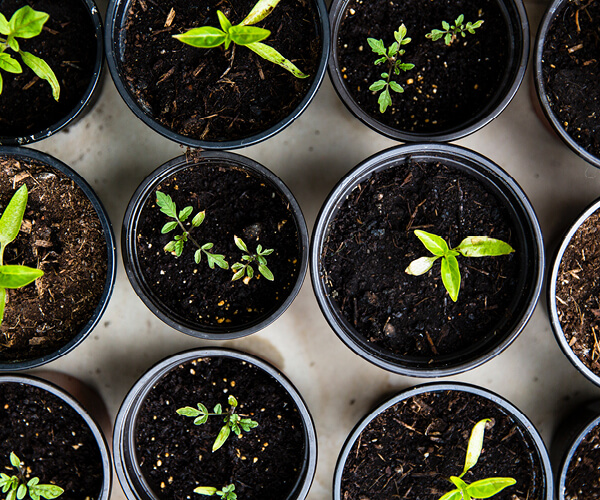
Animal-based foods tend to be associated with the most greenhouse gas emissions, whereas plant-based foods tend to have lower greenhouse gas intensities. It’s still important to follow a balanced diet but you can do things like eating more plant-based meals, cooking sustainable recipes, cut down on your food waste and shopping with reusable bags.

